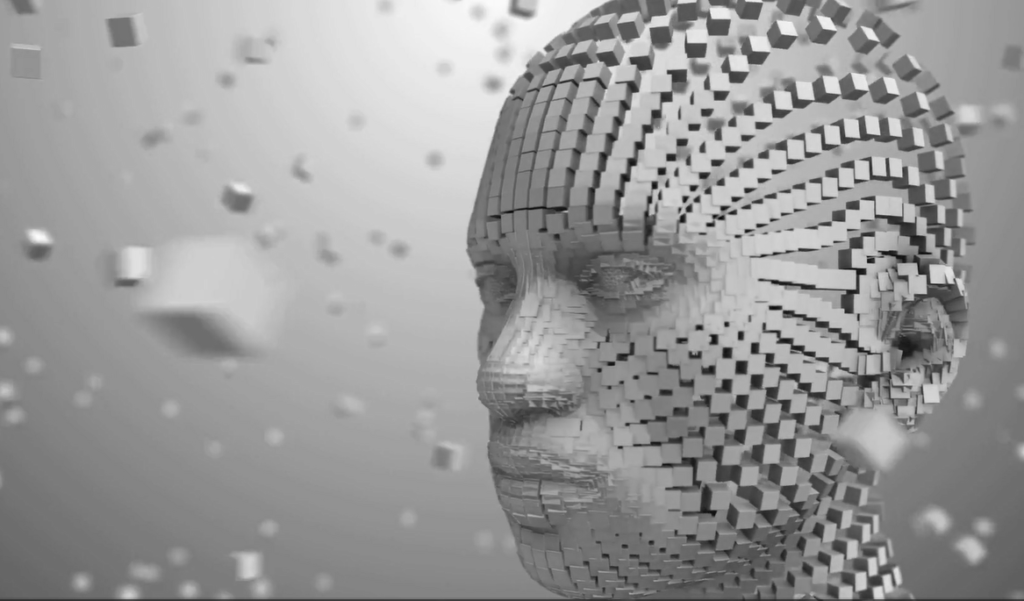The transformer architecture has significantly impacted the field of deep learning, especially in natural language processing (NLP) and artificial intelligence (AI). Unlike traditional sequence models like RNNs and LSTMs, transformers utilize a self-attention mechanism that enhances parallelization and performance.
Understanding Transformer Architecture
The transformer architecture is a deep learning model introduced in the paper Attention Is All You Need by Vaswani et al. (2017). It eliminates the need for recurrence by utilizing self-attention and positional encoding, making it highly efficient for tasks like language translation and text generation.
Master NLP, Generative AI, Neural Networks, and Deep Learning to build a successful career in Artificial Intelligence & Machine Learning. The PG Program in AI & Machine Learning provides hands-on learning with real-world applications to keep you abreast of the evolving AI landscape. Enhance your AI expertise by delving into advanced topics like Transformer Architecture and Machine Learning Algorithms.
Key Components of the Transformers Model

1. Self-Attention Mechanism
The self-attention mechanism enables the model to consider all words in a sequence simultaneously, focusing on the most relevant ones irrespective of their position. Unlike traditional RNNs, it processes relationships between all words concurrently.
Each word is represented by Query (Q), Key (K), and Value (V) matrices. The relevance between words is computed using the scaled dot-product formula: Attention(Q, K, V) = softmax(QK^T / √d_k)V. For example, in the sentence “The cat sat on the mat,” “cat” might strongly attend to “sat” rather than “mat.”
2. Positional Encoding
To maintain word order, transformers incorporate positional encoding that adds positional information to word embeddings using sine and cosine functions.
- PE(pos, 2i) = sin(pos/10000^(2i/d_model))
- PE(pos, 2i+1) = cos(pos/10000^(2i/d_model))
Without positional encoding, sentences like “He ate the apple” and “The apple ate he” would be indistinguishable to the model.
Functioning of the Transformers Model
The transformer model comprises an encoder and decoder, both constructed using multiple layers of self-attention and feedforward networks.

Applications of Transformer Architecture

Advantages of Transformer NN Architecture
- Parallelization: Transformers process input sequences concurrently, unlike RNNs.
- Long-Range Dependencies: Captures relationships between distant words effectively.
- Scalability: Easily adapts to larger datasets and complex tasks.
- State-of-the-Art Performance: Outperforms traditional models in NLP and AI.
Discover how Generative AI Models leverage the Transformer Architecture for enhanced natural language understanding and content generation.
Challenges and Limitations
- High Computational Cost: Requires significant processing power and memory.
- Training Complexity: Demands extensive fine-tuning and large datasets.
- Interpretability: Understanding decision-making processes remains a challenge.
Future of Transformer Architecture
With advancements in AI, the transformer architecture continues to evolve. Innovations like sparse transformers and hybrid models aim to enhance performance while mitigating computational challenges. As research progresses, transformers are poised to lead AI breakthroughs.
Gain insights into Large Language Models (LLMs), their functioning, and impact on AI advancements.
Conclusion
The transformer model has revolutionized how deep learning models handle sequential data. Its unique transformer NN architecture offers exceptional efficiency, scalability, and performance in AI applications. As research progresses, transformers will continue to shape the future of artificial intelligence.
By grasping the transformer architecture, developers and AI enthusiasts can harness its capabilities for modern AI systems.
Frequently Asked Questions
1. Why do Transformers use multiple attention heads instead of just one?
Transformers employ multi-head attention to capture diverse word relationships, enhancing model robustness by learning different linguistic structures.



